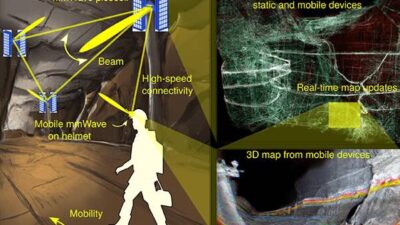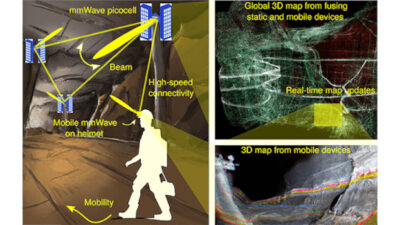Smart cameras are part of the reason why the machine vision is growing. The technology behind smart cameras is making them more complex and diverse and enabling them to use deep learning.
Smart cameras bring a number of benefits to machine vision applications, and because of this, demand is accelerating rapidly. The global smart camera market is estimated to be worth $6.2 billion by 2024, growing at an 18.2% compound annual growth rate (CAGR) from 2017 until 2024, with North America and Asia-Pacific driving most of the growth.
Smart cameras incorporate image sensors and processors in a single compact housing, allowing for preprocessing of images before they’re sent to a PC. Most smart cameras also carry their own RAM for interim storage of images, increasing data stability in applications with high bandwidth
In several ways, smart cameras have been solving the challenges of end users of machine vision. Looking forward, these cameras are evolving to further serve the needs of users.
Smart cameras are more complex and diverse
As smart cameras expand into new markets and applications, the requirements for image processing change and now a few different processing architectures are becoming common. Today, most smart cameras are leveraging either an x86 or ARM processing architecture. The x86 processors use a complex instruction set architecture (CISC). While CISC instructions are more complex, they enable fewer commands for demanding applications. ARM processors use a reduced instruction set computer (RISC). RISC instructions are simpler and faster, but may not be suited for the most complex applications.
As smart cameras are proving useful in a growing number of applications, the types of processing architectures they leverage are likewise expanding.
Improving deep learning with smart cameras
In the long-term, smart cameras will play an important role in facilitating deep learning capabilities with machine vision. Today, smart camera manufacturers are beginning to develop this technology, particularly with dedicated logic on the system on a chip (SoC) to run deep neural networks. At the same time, silicon manufacturers are rushing to include dedicated circuits in their products to accelerate the use of deep learning in smart cameras.
The use of graphics processing units (GPU) in smart cameras is also beneficial due to their powerful processing capabilities. Whether used in a SoC model or paired with an FPGA, the use of GPUs further primes smart cameras for use in deep learning applications.
Smart cameras, as a technology, are advancing rapidly. They’re becoming more sophisticated in the processing architectures they deploy and more viable in applications involving deep learning.
As the technology improves, smart cameras will continue to enter new markets and offer new efficiencies for end users. The growth of these cameras, primarily driven by the two technological advances described here, will alter the machine vision market as a whole.
This article originally appeared on the AIA website. The AIA is a part of the Association for Advancing Automation (A3), a CFE Media content partner. Edited by Chris Vavra, production editor, CFE Media, [email protected].



